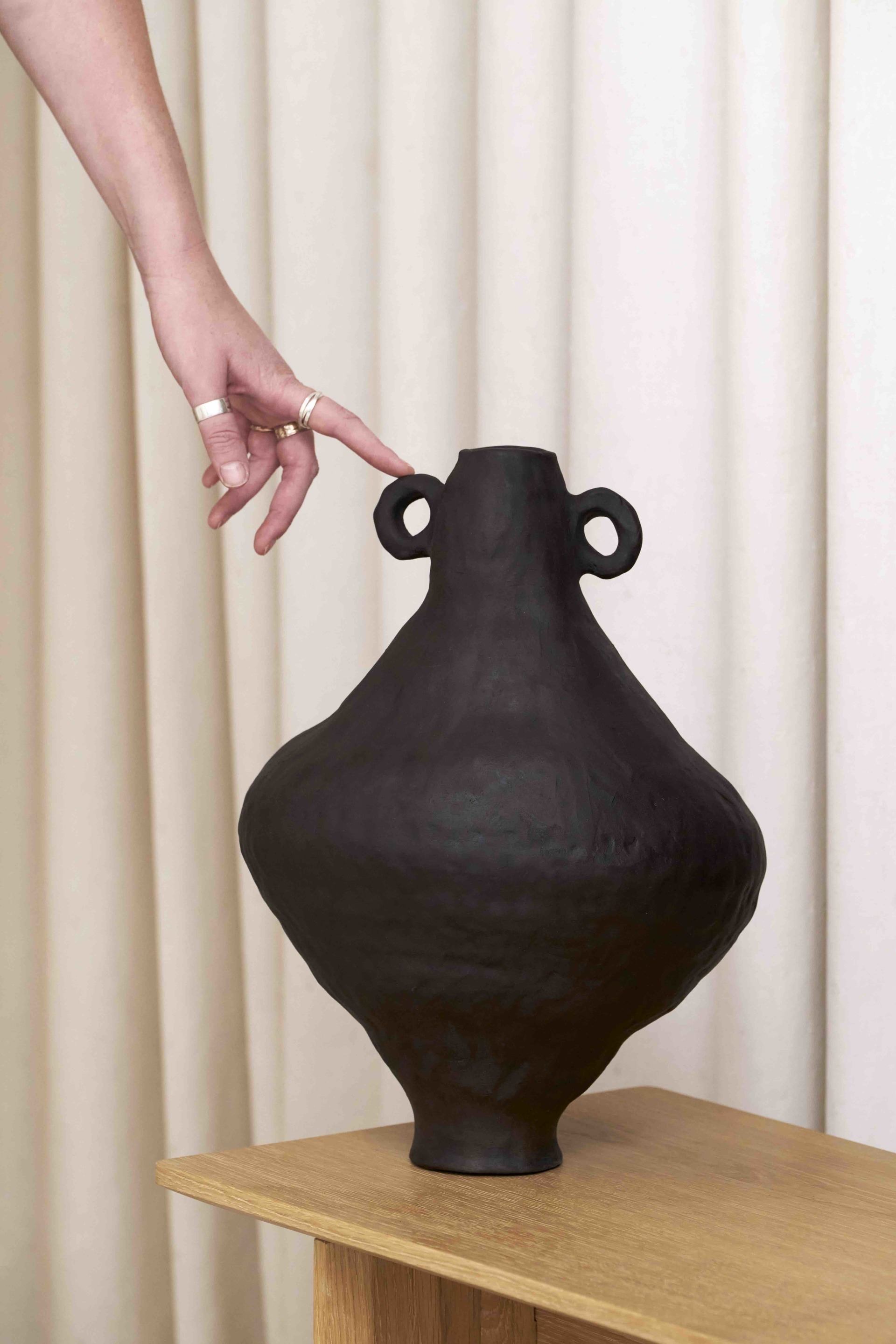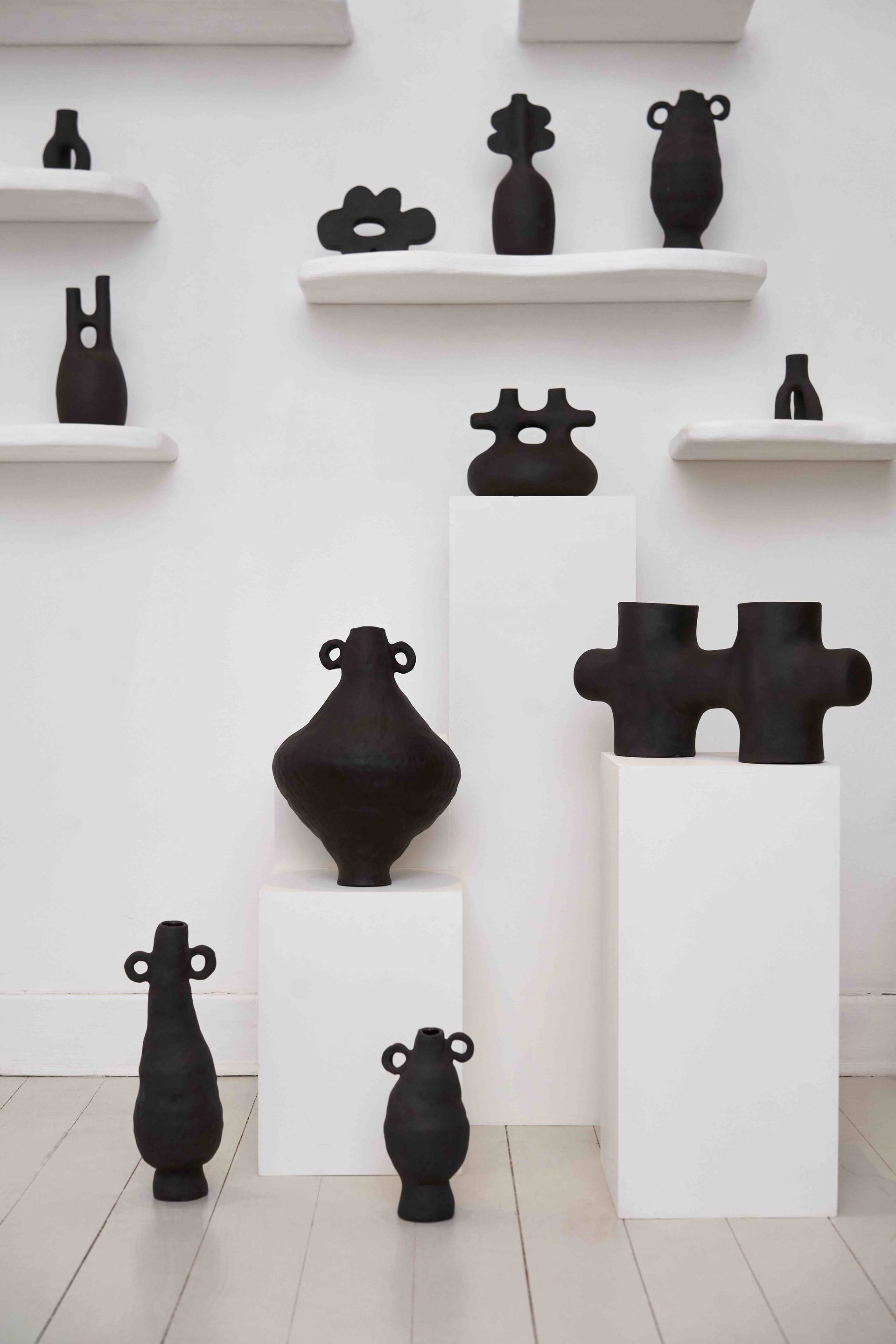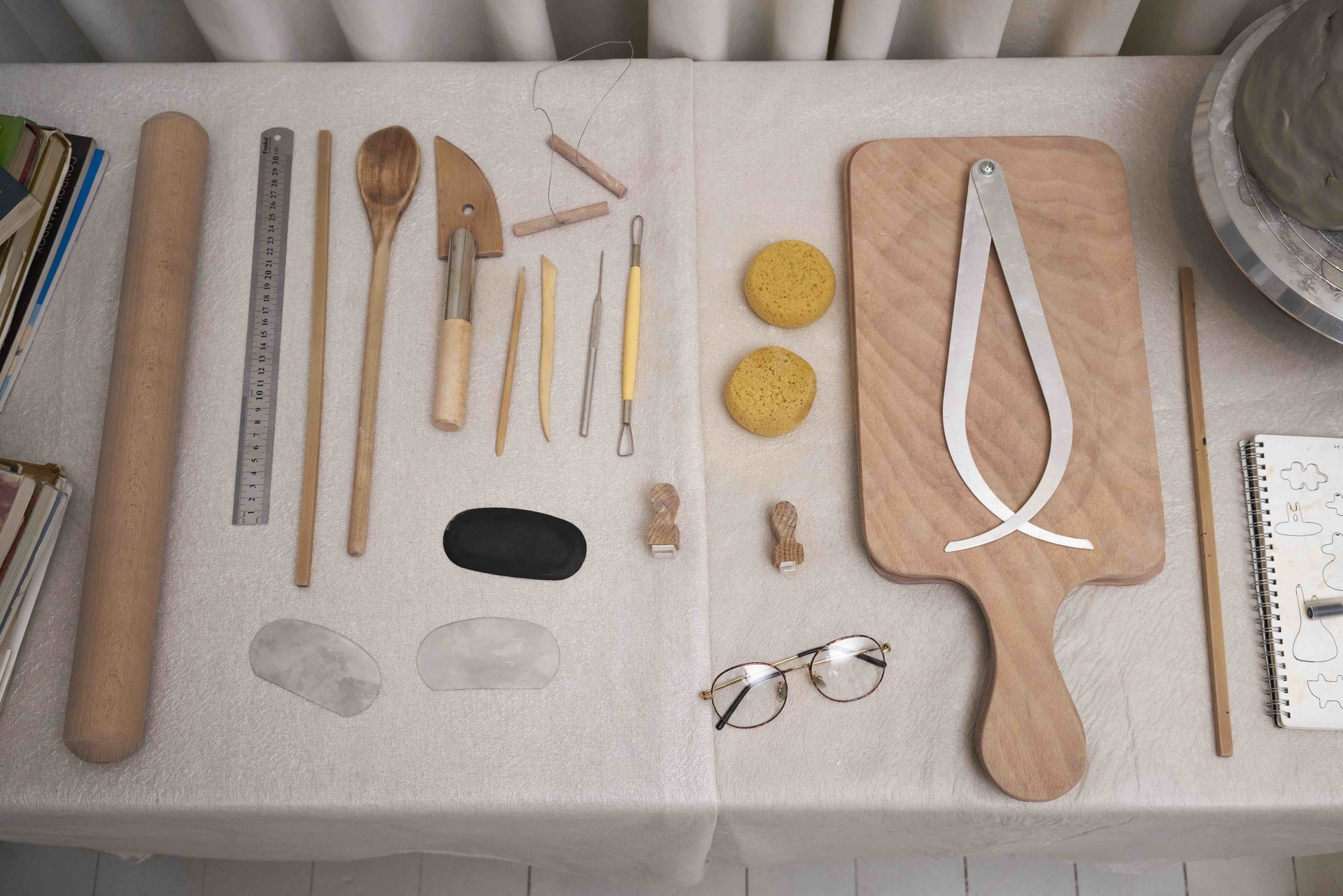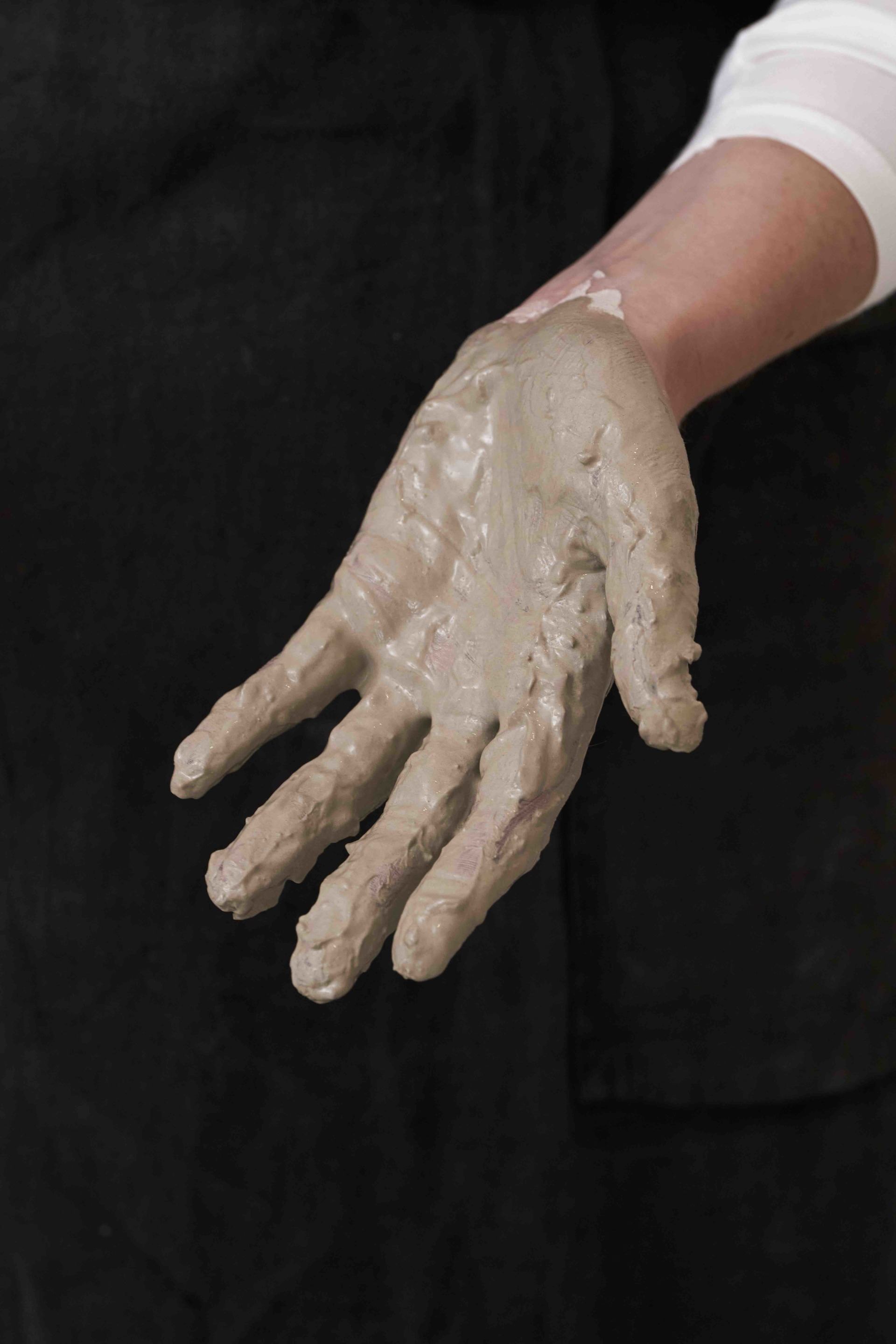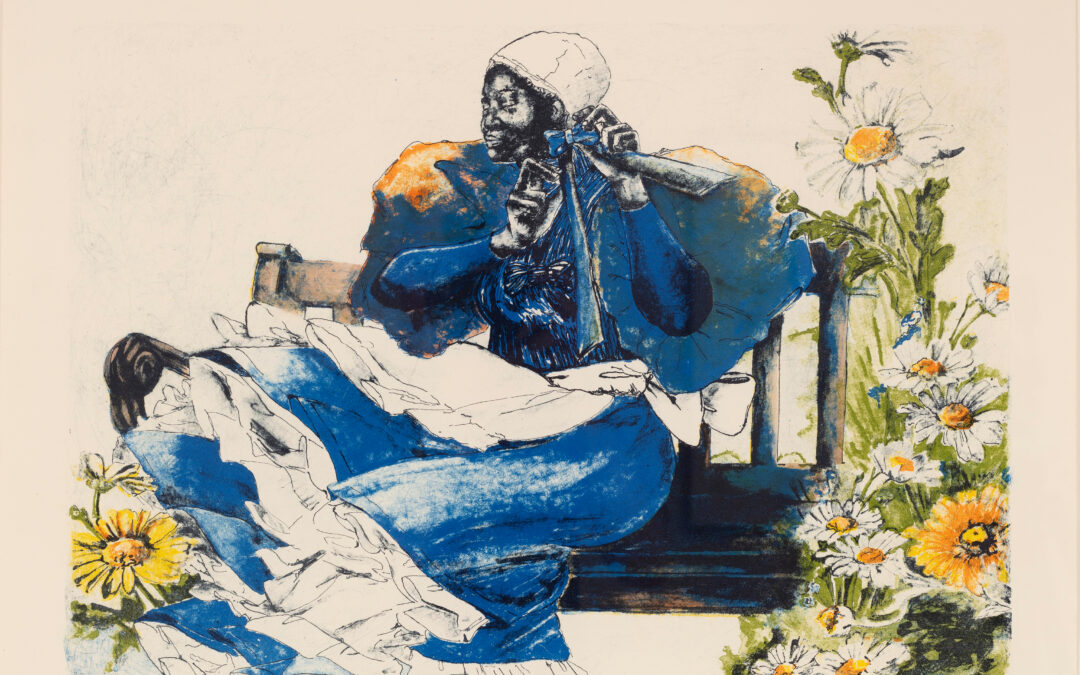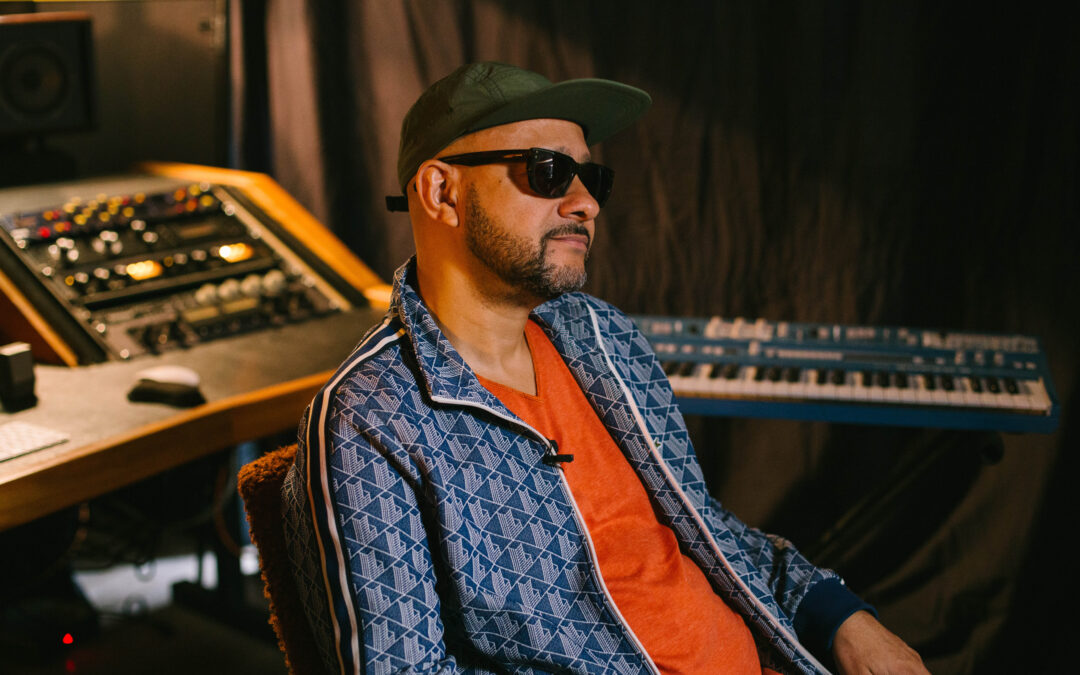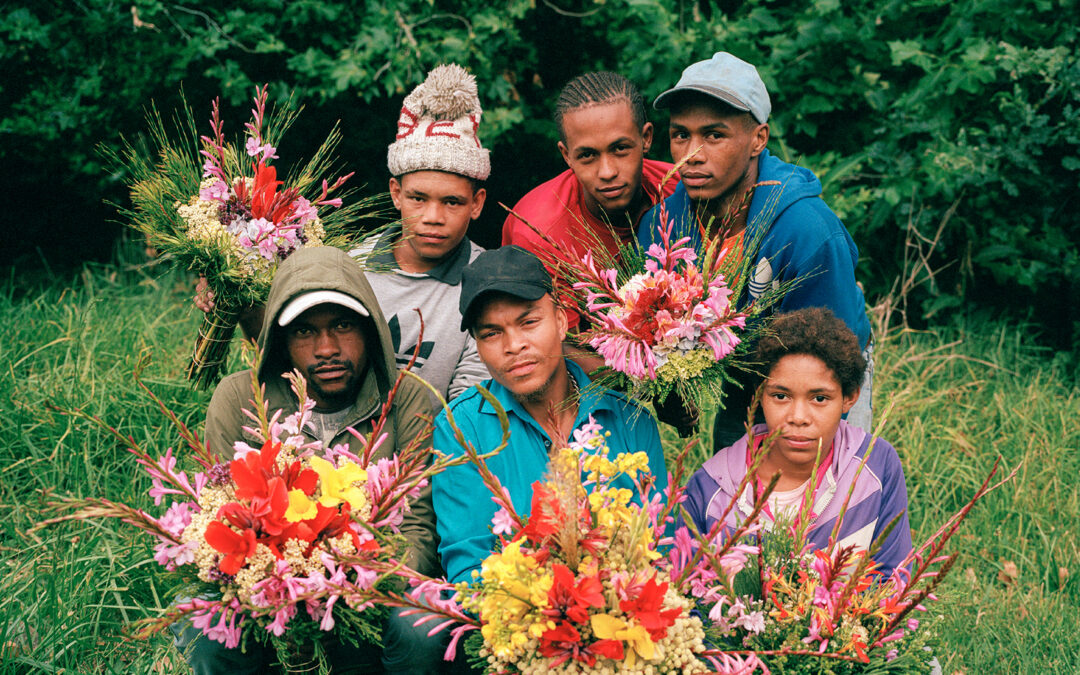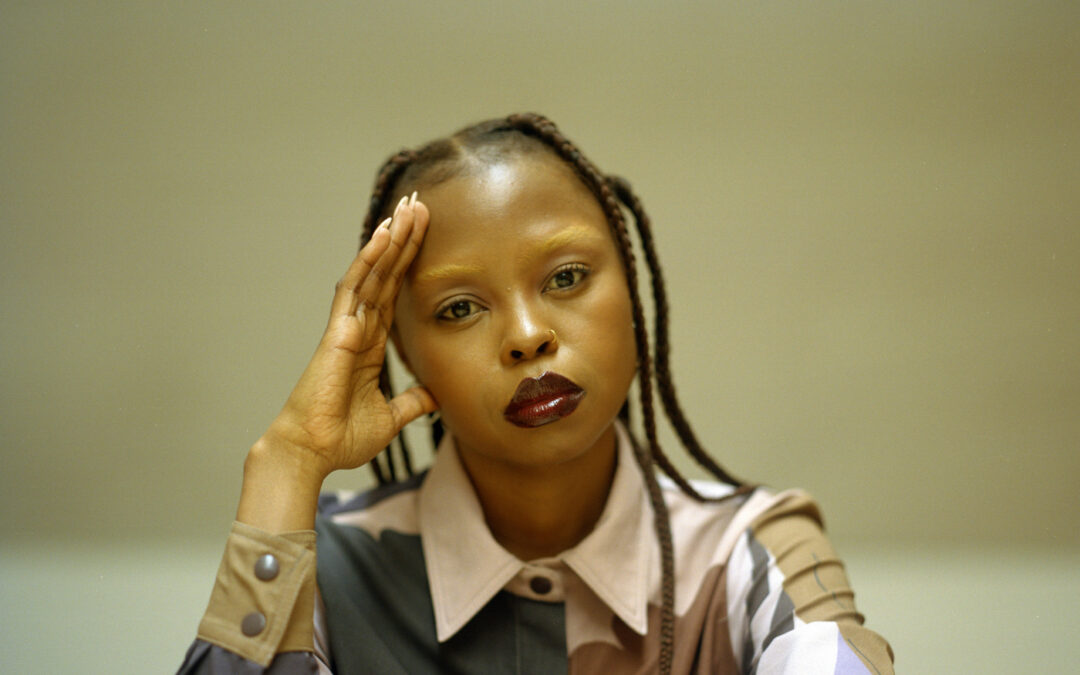Ceramics have been having a moment. In the design space, few objects demonstrate as much reciprocity between form and function – design’s golden rule – nor are many objects as accessible for collectors, curators and makers, alike. I am not sure ceramics have ever been irrelevant; perhaps just less central in the mainstream, as society forged ways to mass-produce what we need. As the most enduring craft traced back to our prehistoric origins, the act of shaping and firing clay appears to be fundamental to the artistic expression of human beings. It is no wonder that ceramics and pottery are some of our most important archaeological footnotes of the past; telling the tale of people, places – change, community and community. For Hannah Massey, her pathway into ceramics has been both an extension of her background in interior design and a natural consequence of her creative curiosity. Interestingly, ceramics have entered her life to be both her professional expression – and the site of her deepest healing and self-acceptance. As the ceramicist behind HAN Ceramics and her new studio, Hannah Massey’s journey articulates the power of clay: and the act of surrendering to something as materially earthen as this substance, as raw and direct that any artist could ever hope to connect with.
In our conversation, Hannah shares that “before ceramics, I was in interiors and had an interior decorating business. During lockdown, it got very quiet and I was searching for ways to fill my time. I started helping a family friend with her ceramics classes. I eventually started taking the clay home and bringing more and more things back to the studio for her to fire!” I ask Hannah what is is about clay that she found so striking – to point where it has become a central mode of creative expression, to which she notes that “there’s a freedom that I have with clay that I felt I didn’t have with drawing or painting; I would become too perfectionist about it, and there was no ending or sense of completion to it. Whereas, when I’m building a vessel or an object; I know the end product and precisely what I want to achieve. It’s out of my hands when I give my pieces over to the kiln and I just have to trust the outcome,” and that “with clay, there’s something so tactile and I love how it moves and changes shape. I love to see the ‘maker’s marks’ in ceramics; the trace of hands having made pieces, directly and personally. You can’t help but put yourself into it, in some way.”
HAN STUDIO photographed by Anke Loots, Styled by Jeremie Bisimwa
Within a ceramic vessel excavated throughout periods of history; we find many layers of distinctly human expressions. We find utilitarian purposes, decorative development for culture, status-symbology and ritualistic, spiritual purposes. We can track the orientation of people who existed and how they sought materials such as clay to pronounce that they were here, part of this world. Underpinning all of these uses and extensions is community; that invariably, ceramicists have always worked in union. On this, Hannah comments that “Yes, in my experience, the ceramic community is supportive, because we have this fascination for the shared crafting of clay. When I started working professionally with ceramics, I was working from a studio with other people and it helped so much with figuring out problems and progressing forward.”
On the fluidity of the ceramic process, Hannah explains that “my process starts with pen and paper – I sketched everything out – and invariably, I throw that in the bin once I start making and it completely changes! Overall, it’s the first form, for me. In the beginning, it’s entirely about something that is expressive of oneself. With a business, it becomes a balancing act of creating to serve an audience or customer-base; while maintaining that foundational integrity, and ensuring the pieces have their own mark or personality. I move forward with a piece if that essence is clear and fits into the overall expression of my work.”
On the curious presence of clay as a site to explore her own self – existentially – Hannah shares that her pieces are derived from a confrontation with vulnerability, as if her innerworld requires clay to bring itself about in reality; “there’s an ‘H’ motif that is incorporated a lot throughout my work. All of these forms come from something in my own psyche. Certain vessels look like little aliens to me- though I’m not sure if anyone else would see that – and it works as a symbol of how I have felt alien in my own body. There is a healing in making light of my past, by transferring these feelings and memories into a tangible object. Some other shapes – like the ones with ‘pot bellies’ – are a metaphor for the acceptance I’ve gained for myself. I love that they have marks of the female form; a celebration of the lumps, the cellulite and curves. They’re a love letter immortalised in the clay for women.” I note to Hannah that her expression is an ancient lineage expressed through a contemporary brand; if we think of one of the earliest clay pieces found, the sensuous and voluptuous, Venus of Willendorf; an upper Palaeolithic fertility statue dating some 20,000 years ago. Hannah says,“I think it’s instinctive for people to have this biomorphic, animate object when working with clay. I feel compelled to express these things. I am finding the balance to express the new impulses coming up – while needing to repeat works for the brand.”
HAN STUDIO photographed by Anke Loots, Styled by Jeremie Bisimwa
In just three years, ceramics have brought Hannah to an entirely new chapter in her life. “Last year, I opened HAN Studio in Loop Street. It’s where I work and fire, while serving as a showroom. I am happy to have taken this huge leap! Being visible has introduced me to so many incredible people – and has totally transformed what I am doing now, which is collaborating with local designers and artists.”
Recently, Hannah launched a ‘Wall Sconce’ in collaboration with NISH Design, released for Cape Town Furniture Week. Hannah reflects that “collaboration has pushed me so much creatively. It puts me out of my comfort zone and I realise what my capabilities are beyond what I thought might be possible. For Han Ceramics, I would really like to focus on bigger, sculptural projects – so hopefully I will find time to put two months aside to work on just one piece!”
As for the future? Hannah still regards the road ahead as full with much to work out; internally and outwardly, with clay as her guiding medium;“I think ceramics can be this amazing portal for people to express their identity and culture. I am really interested to see what we can do for sustainability in the future. Clay is electricity intensive – and although the outcome holds longevity – I think there is a lot of potential around what we can do with clay waste, glaze and plastic waste, too. I have been saving plastic for ages now, hopefully to collaborate with Pia Trascott on something. We will see!”
Written by: Holly Beaton


